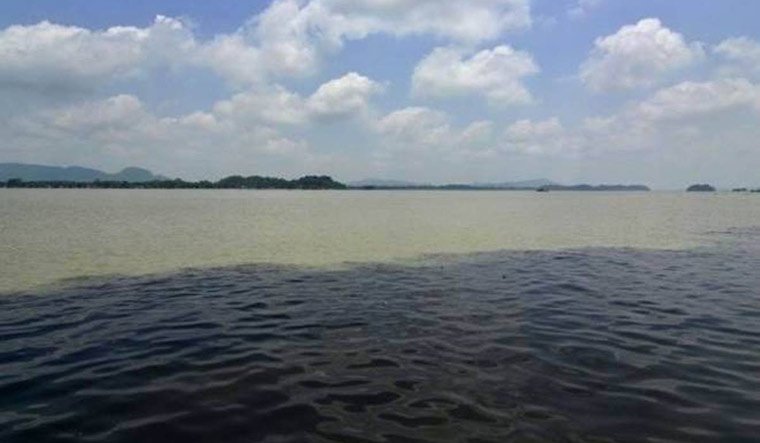Amid reports that China plans to dam the Brahmaputra river (which China calls the Yarlung Zangbo) before it flows into India from Tibet, a senior official from the Union water ministry has told Reuters that India plans its own mega-dam project in Arunachal Pradesh.
“The need of the hour is to have a big dam in Arunachal Pradesh to mitigate the adverse impact of the Chinese dam projects,” T.S. Mehra, a Commissioner at the Department of Water Resources, told Reuters.
Mishra said India was planning a 10GW dam, with the proposal under consideration at the “highest level in the government”, adding that the dam would create large-enough storage capacity to offset the impact of the Chinese dams on the water flows.
The report comes as India and China continue their face-off in Ladakh as winter sets in and armies of both countries have yet to reach an agreement to withdraw. Analysts worry that the river could become the latest flashpoint between the two nations—a not insignificant threat given that around 100 million people depend on the Brahmaputra river in the region.
India has long planned to increase its hydropower generation in the region. In fact, Arunachal Chief Minister Pema Khandu had on February 11 said the state has the capacity to produce over 70,000 MW of hydropower, warning that those who opposed such development projects for the sake of it are “anti-national”.
Also read
- Hopeful India, China will be able to restore peace at borders through bilateral engagement: PM
- 'Won't change reality': India slams Beijing's move to rename places in Arunachal
- India, China exchange views on complete disengagement, resolving remaining issues along LAC
- Despite India's strong rebuttal, China continues to harp on its claim over Arunachal Pradesh
“Time has come to shed the dependency syndrome and we should find ways to generate states own resources from the abundant hydropower resources,” Khandu said, PTI reported.
“For the last 10-15 years, we have been told that Arunachal Pradesh is the powerhouse of India. Where is this powerhouse?”, he asked.
The Chinese state-run news website, Global Times, notes that the country’s own plans to dam the river in Tibet had been mentioned in the 14th five-year plan, with China’s Power Construction Corp (POWERCHINA) to head its construction. The report notes that Tibet alone contributes around 30 per cent of the water resources (in terms of energy capacity) of China.
GT reported that the Chengdu Engineering Corp, which comes under POWERCHINA, would design the project.
The report notes concerns in India that the dam could hurt interests downstream, and claims that the energy project could benefit the entire regional economy “if properly coordinated”
"Given that China currently has almost enough power within its borders, it is expected that a large portion of the electricity generated from the project could be exported to neighbouring countries,” it quotes Liu Xiaoxue, an associate research fellow at the National Institute of International Strategy under the Chinese Academy of Social Sciences, as saying.
"Based on the power station, we can expect a new economic growth point at the border area and booming cross-border trade between Tibet and northern India," Liu added.
In the Reuters report, Mehra said India had told China that any projects undertaken should not have an adverse effect on India. “Formally, we are telling them [the Chinese] that any project you undertake, should not cause an adverse impact on India. They have given an assurance, but we don’t know how long their assurance will last,” Mehra said.
Quoting Sayanangshu Modak, a researcher at the New-Delhi based Observer Research Foundation, the report says India would be concerned if China build a dam around the “great bend”, a part of the Brahmaputra where it curves southward before entering India and where it gains a substantial volume of water.
Such a move would affect not only India but also Bangladesh. In 2018, the country’s High Commissioner to India said Bangladesh was “very concerned” about the diversion of water due to China building dams on the Brahmaputra. He suggested a joint basin management concept where stakeholders could discuss the points of water “as it flows from the point of origin to the point of exit”.






